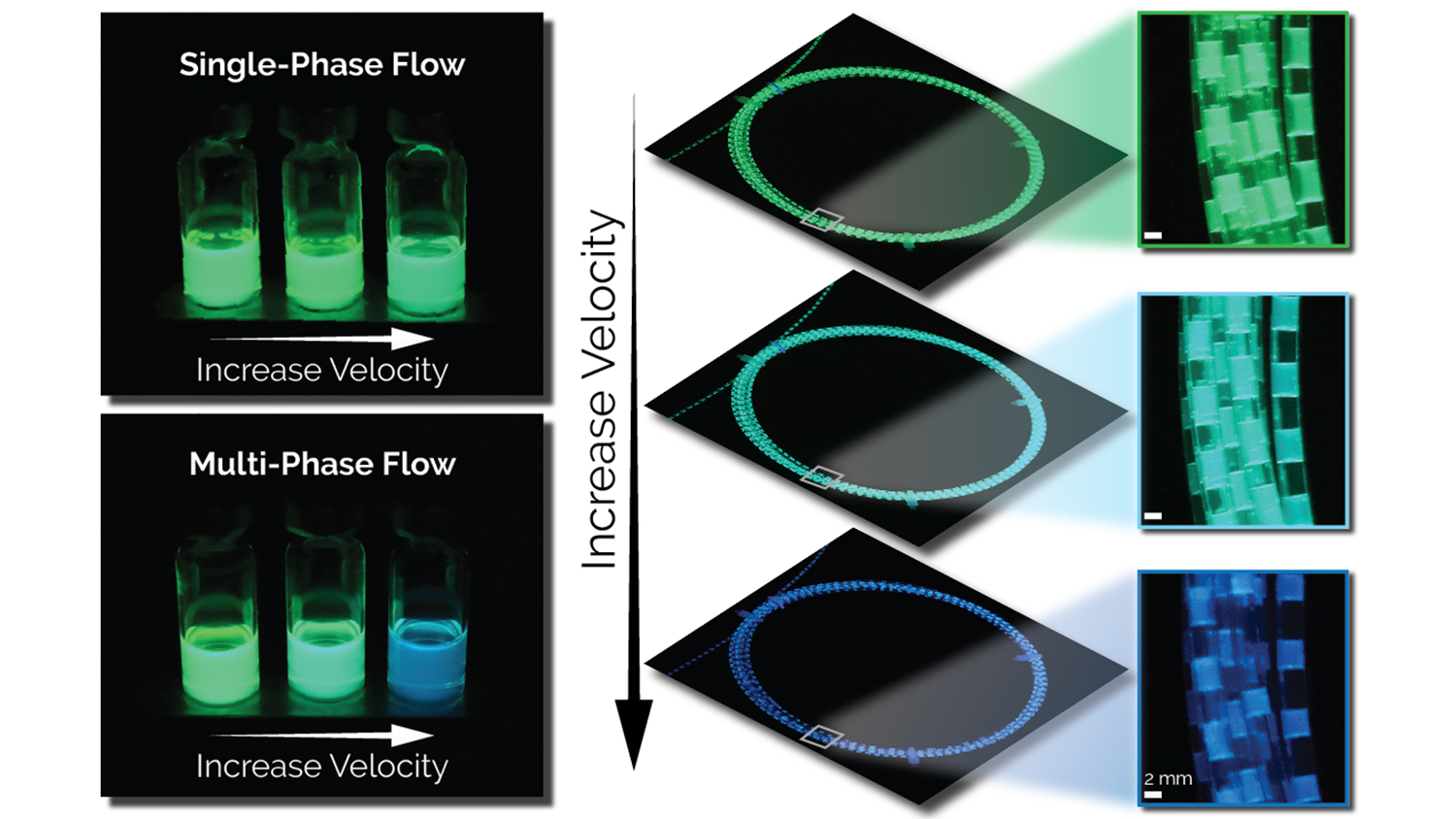chemical and biomolecular engineering
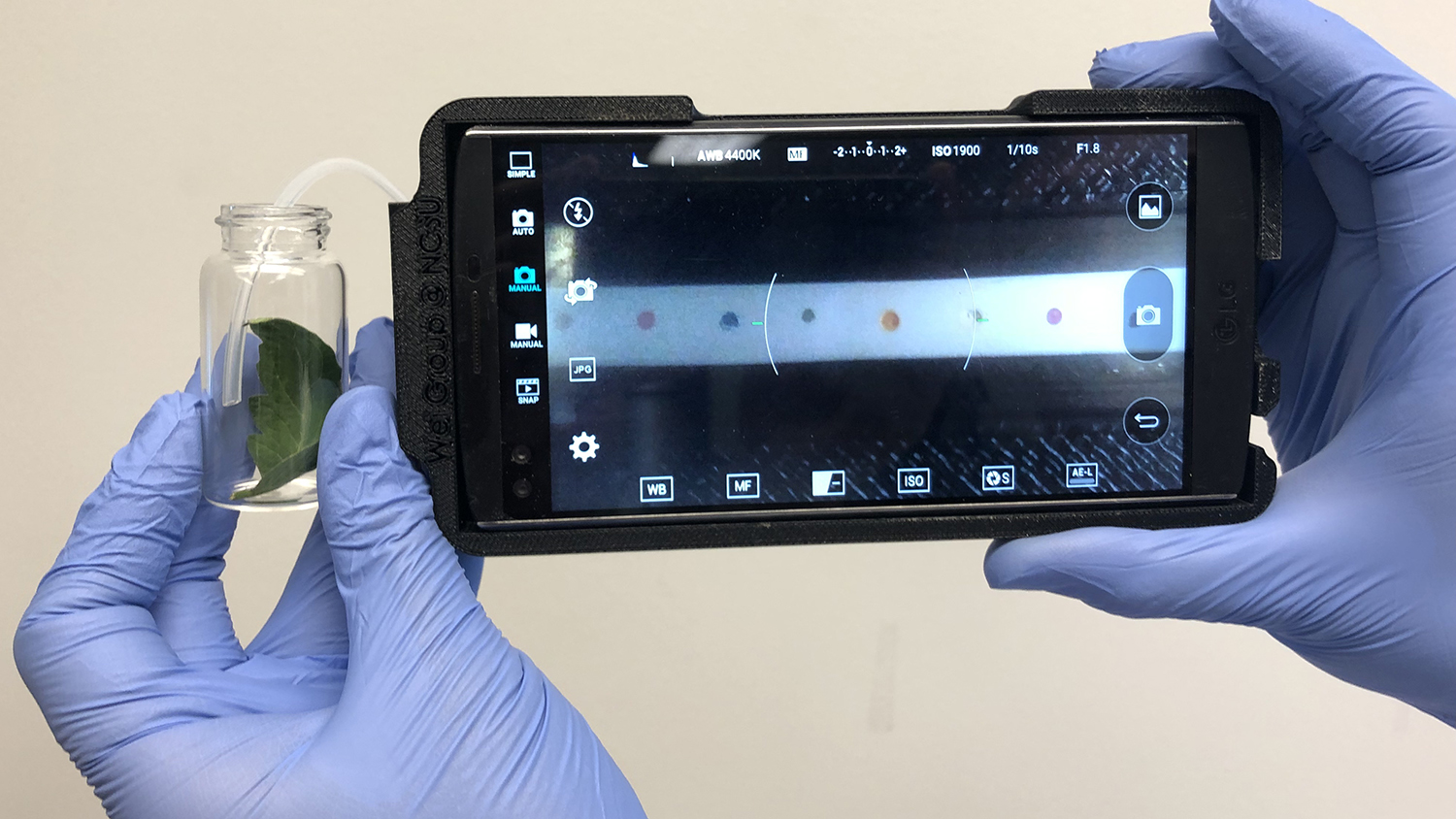
Portable Tech Sniffs Out Plant Disease In The Field
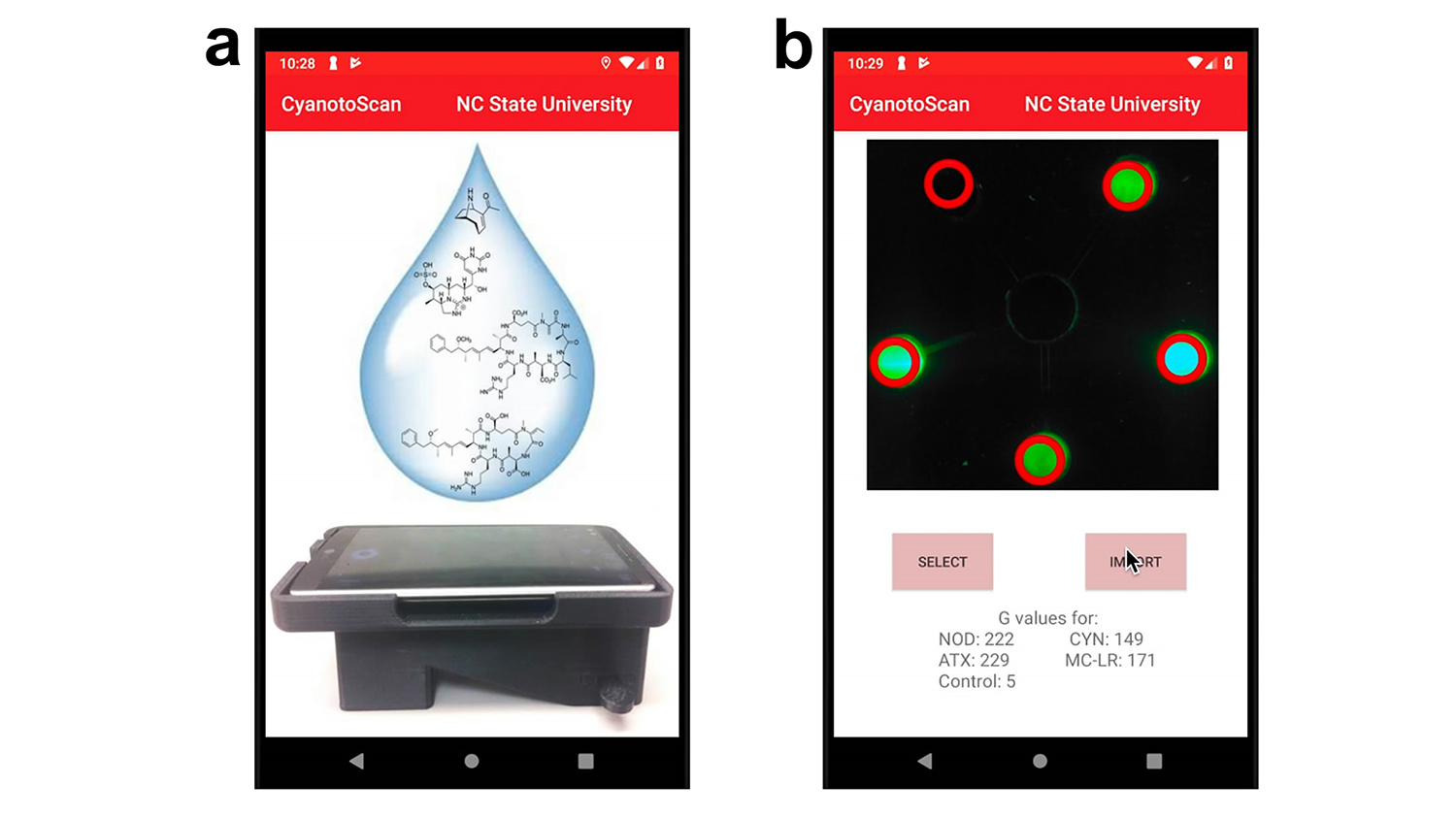
Researchers Create First Portable Tech For Detecting Cyanotoxins In Water
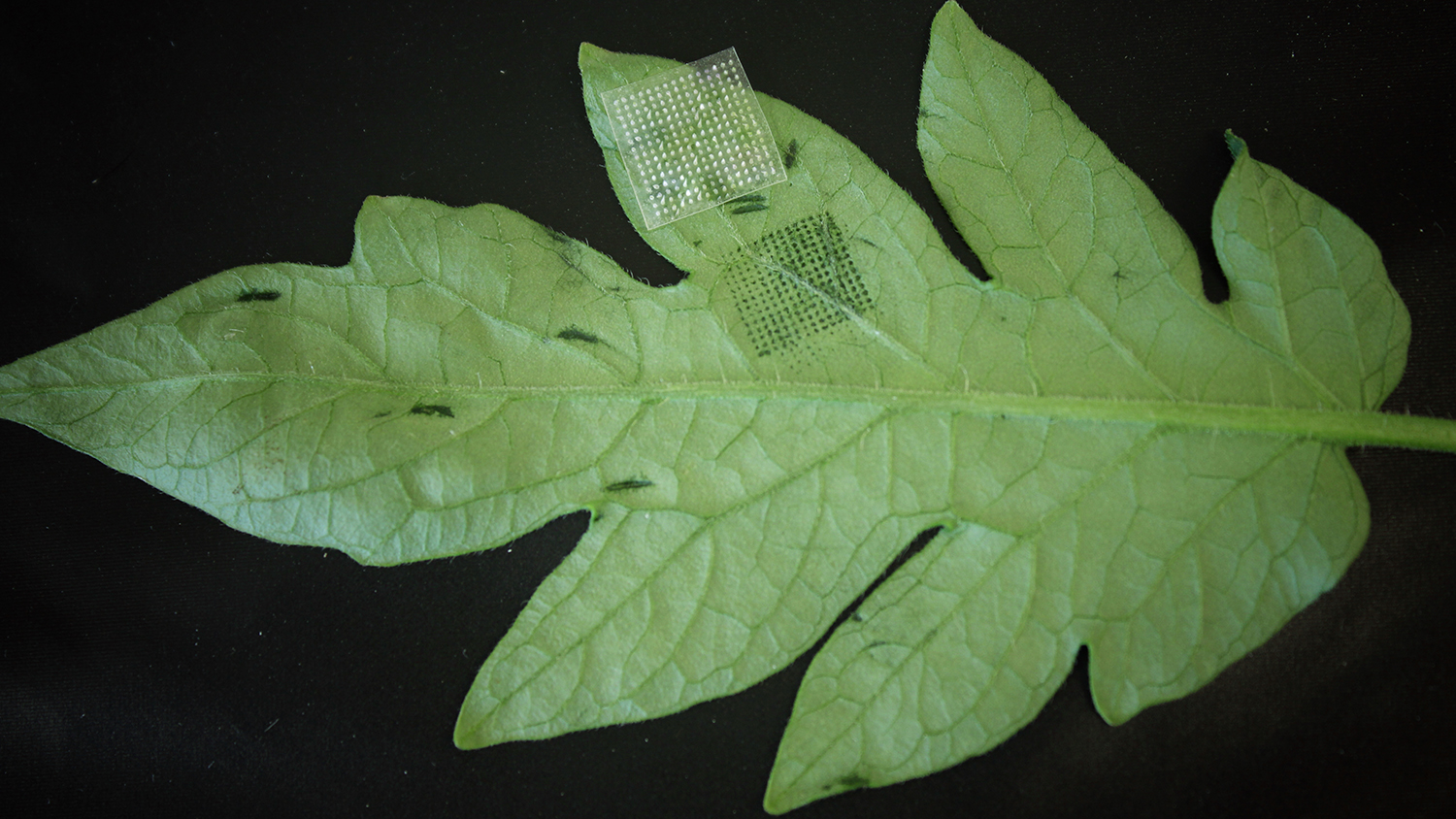
New Microneedle Technique Speeds Plant Disease Detection
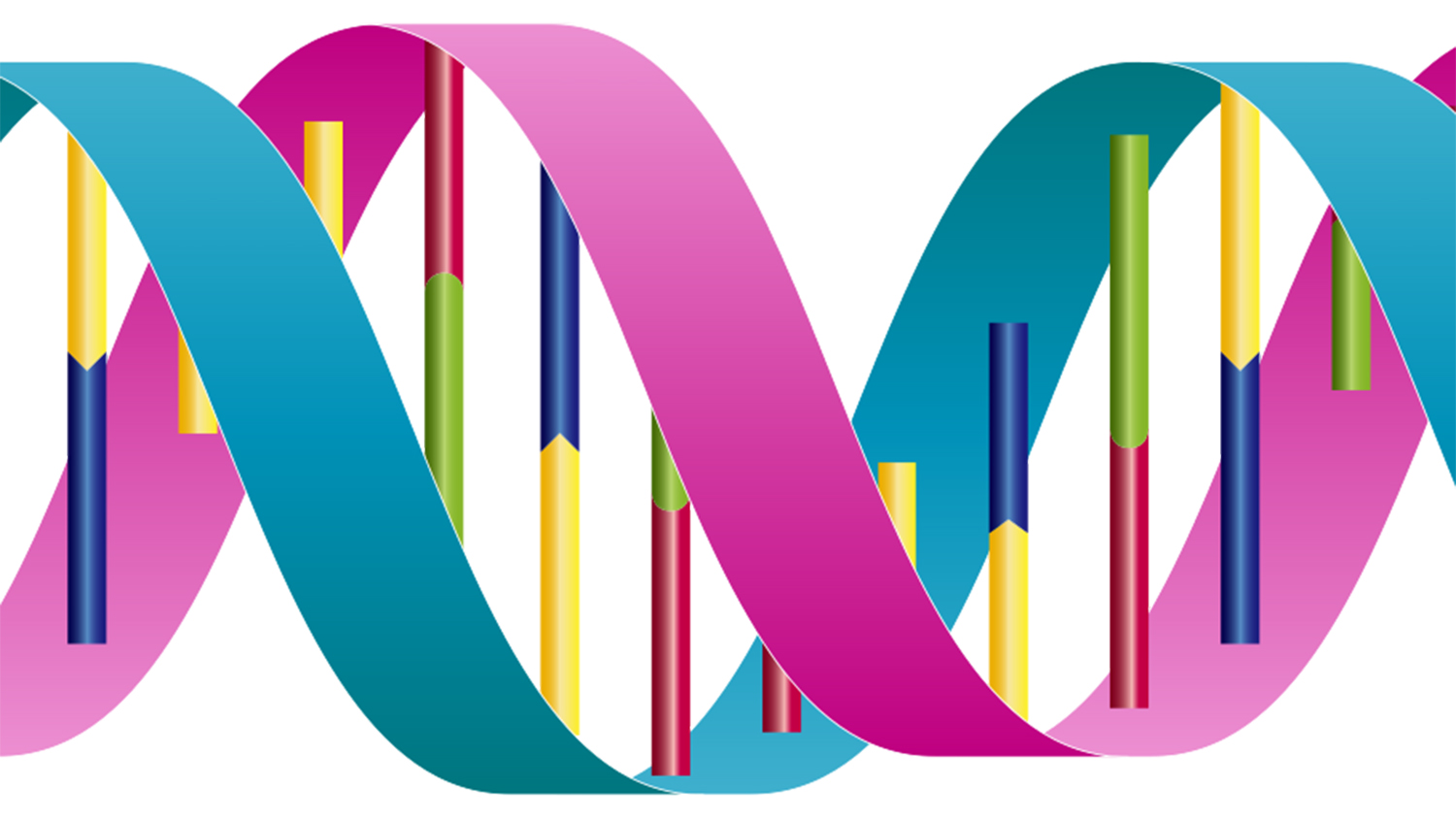
Research Overcomes Key Obstacles to Scaling Up DNA Data Storage
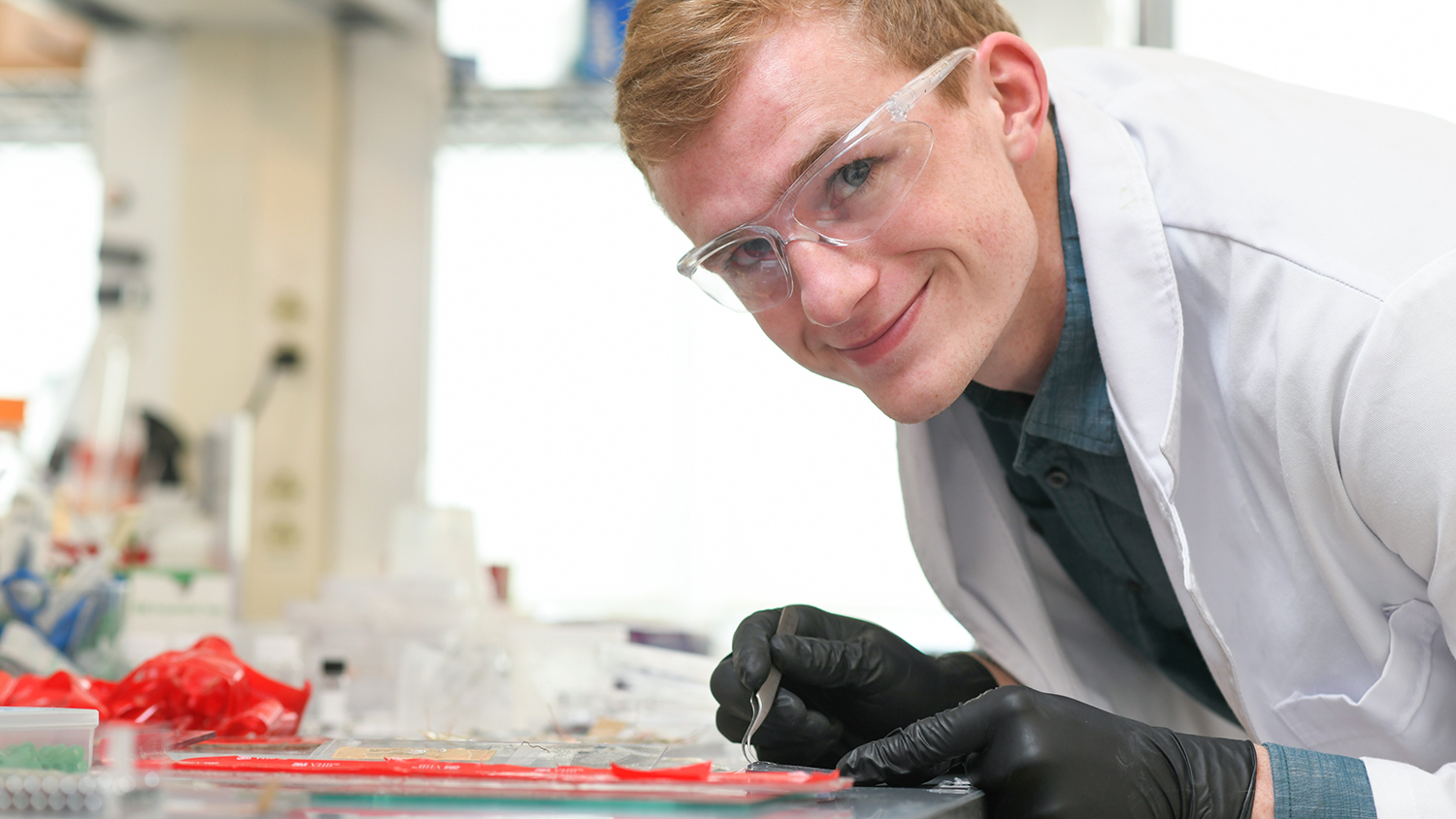
Proving Ground
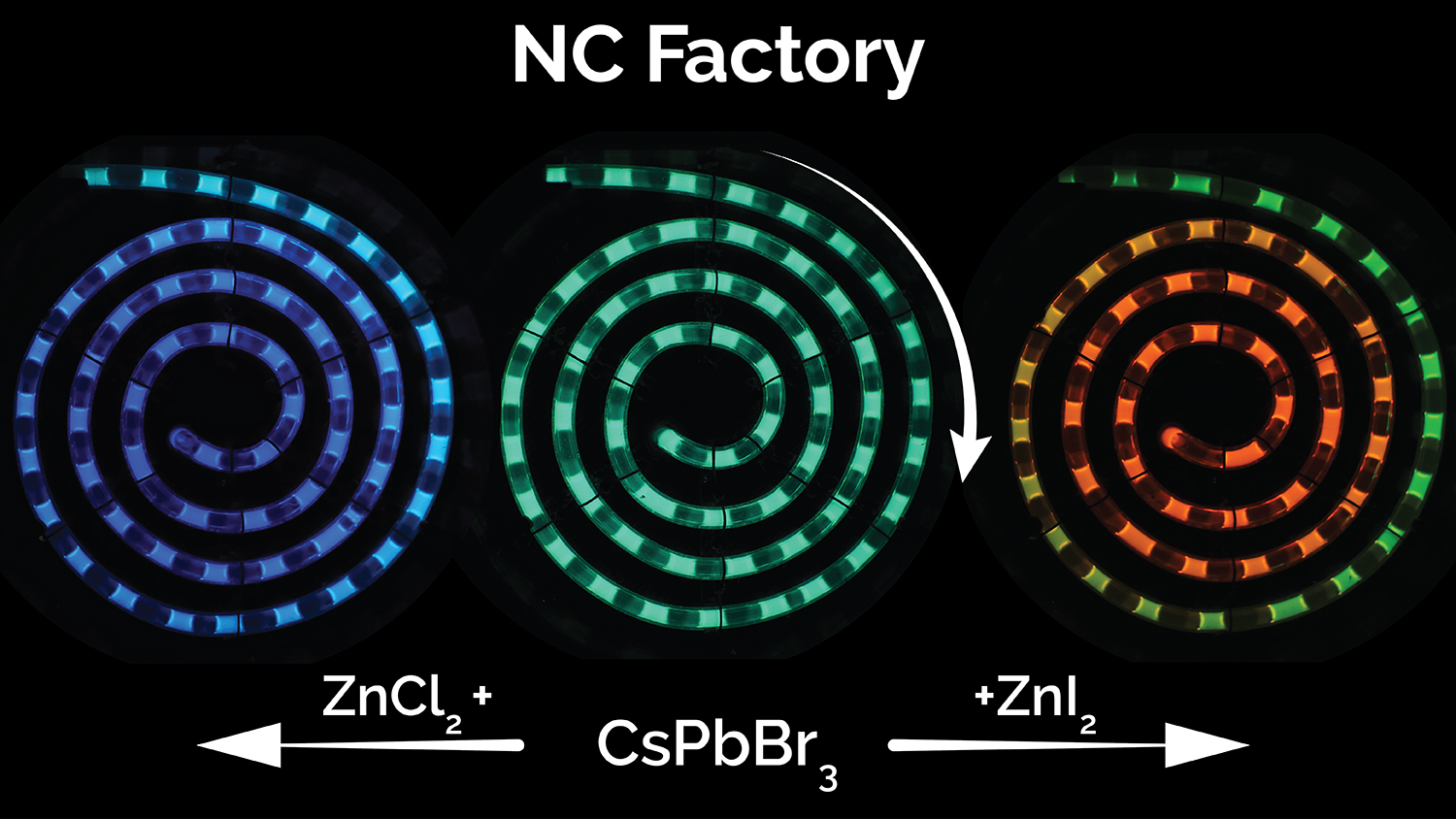
Nanocrystal ‘Factory’ Could Revolutionize Quantum Dot Manufacturing
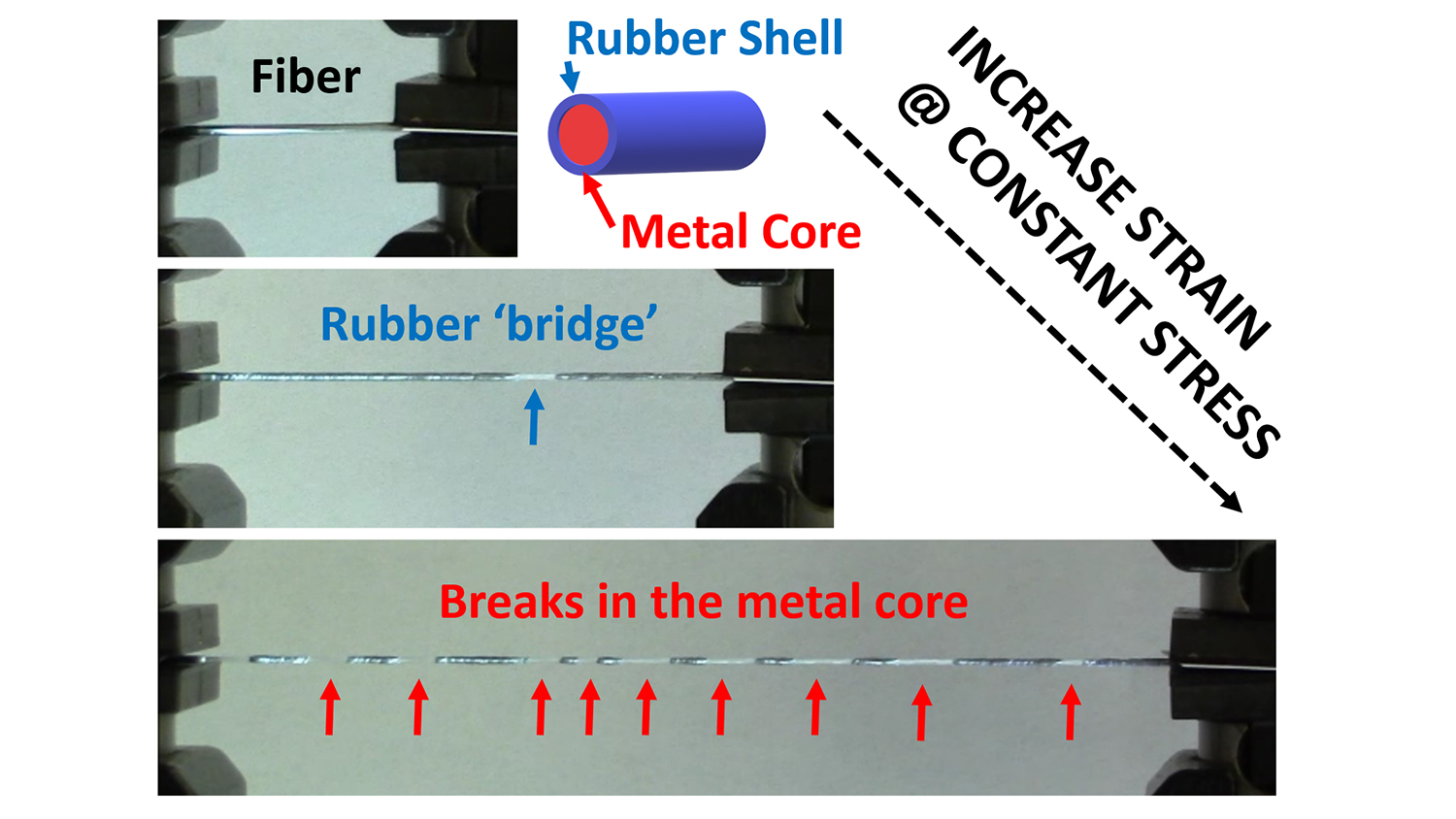
Researchers Engineer a Tougher Fiber

Approach Paves Way for New Generation of Antimicrobial Materials
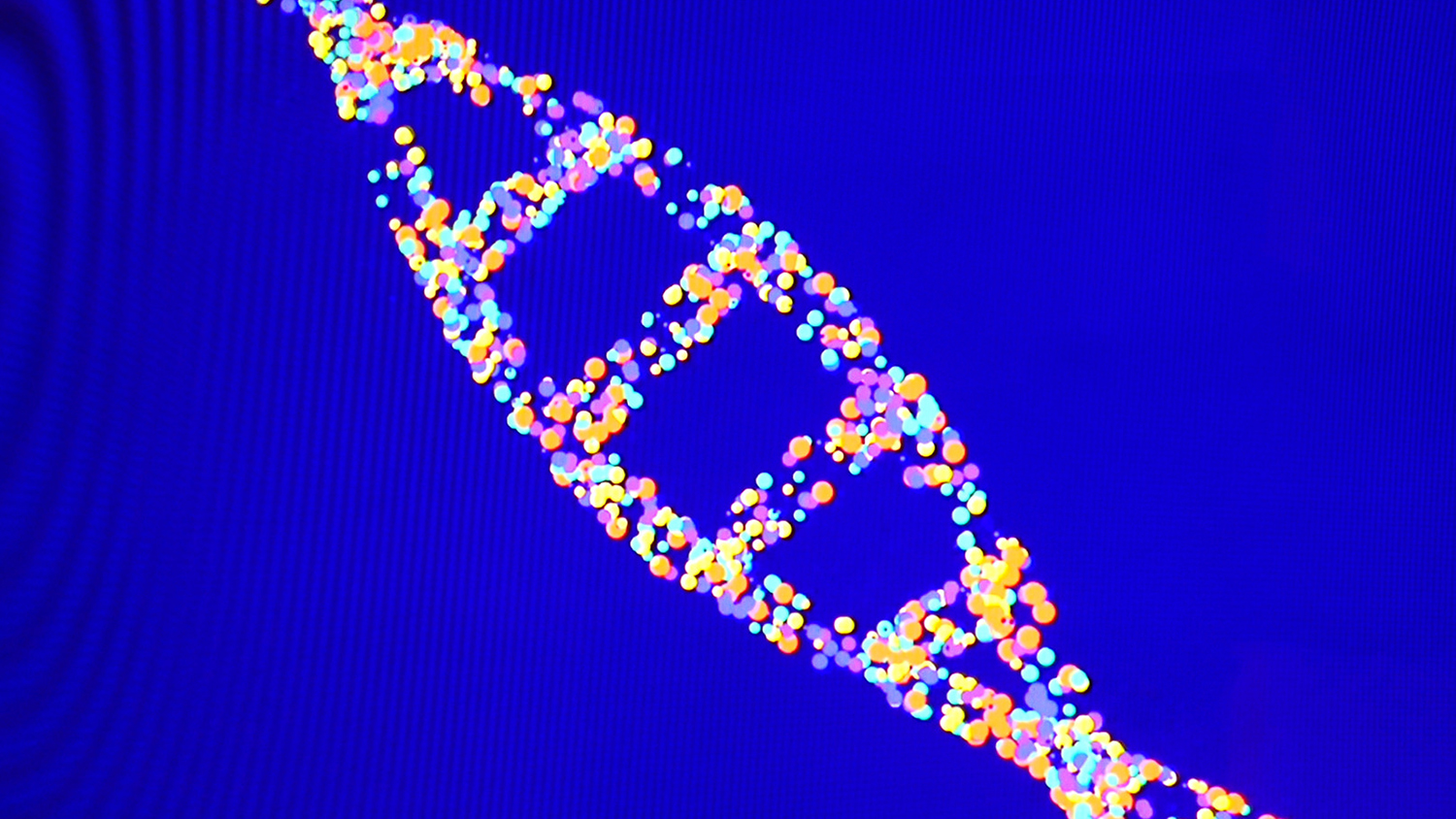
Building New Tools to Study the Epigenome

Flow Chemistry Technique Offers Faster, Safer Way to Screen, Study and Optimize Industrial Chemical Reactions
American Chemical Society to Honor Velev
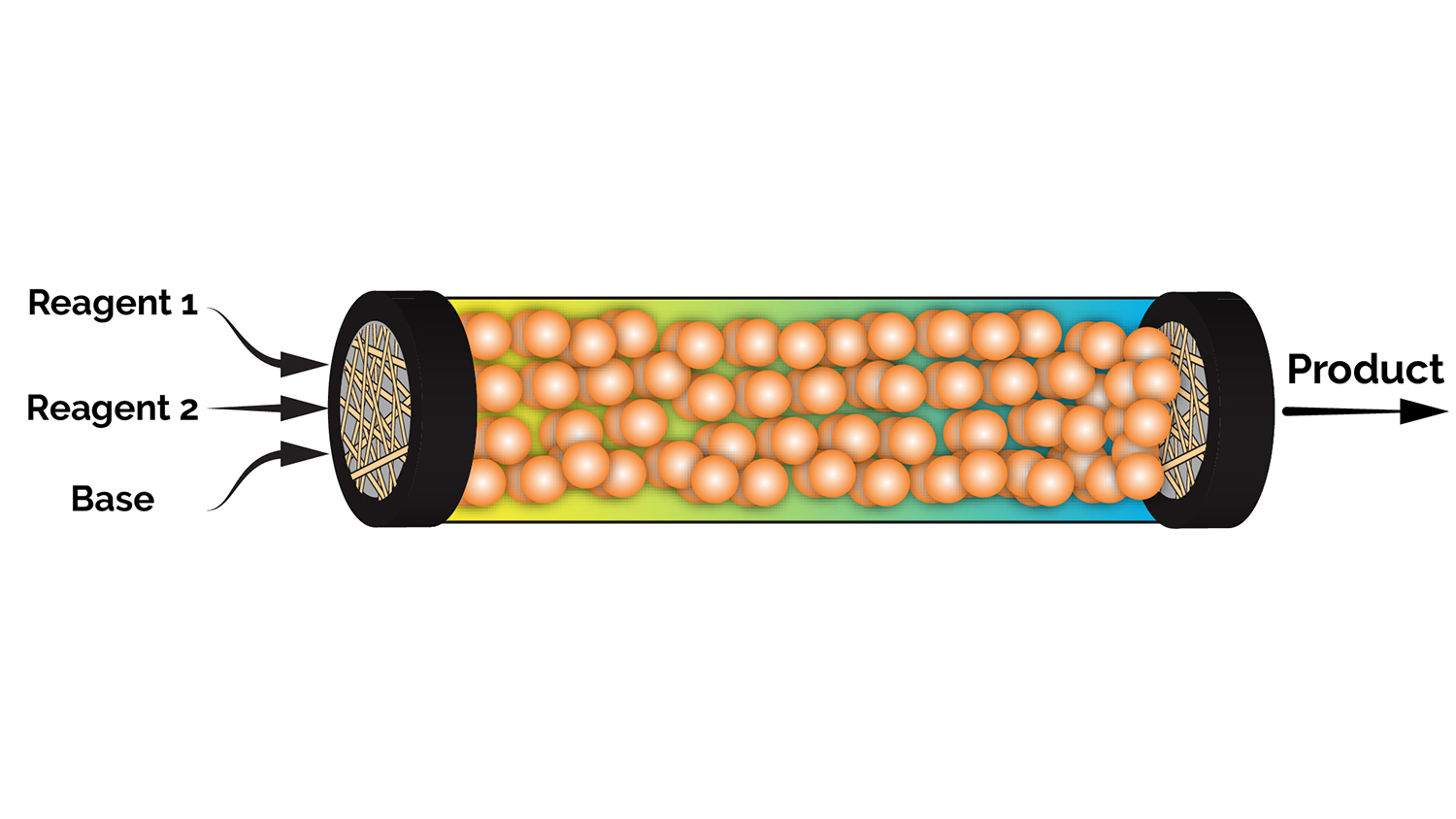
‘Green’ Catalysis Technique Aims to Boost Pharmaceutical Manufacturing Efficiency
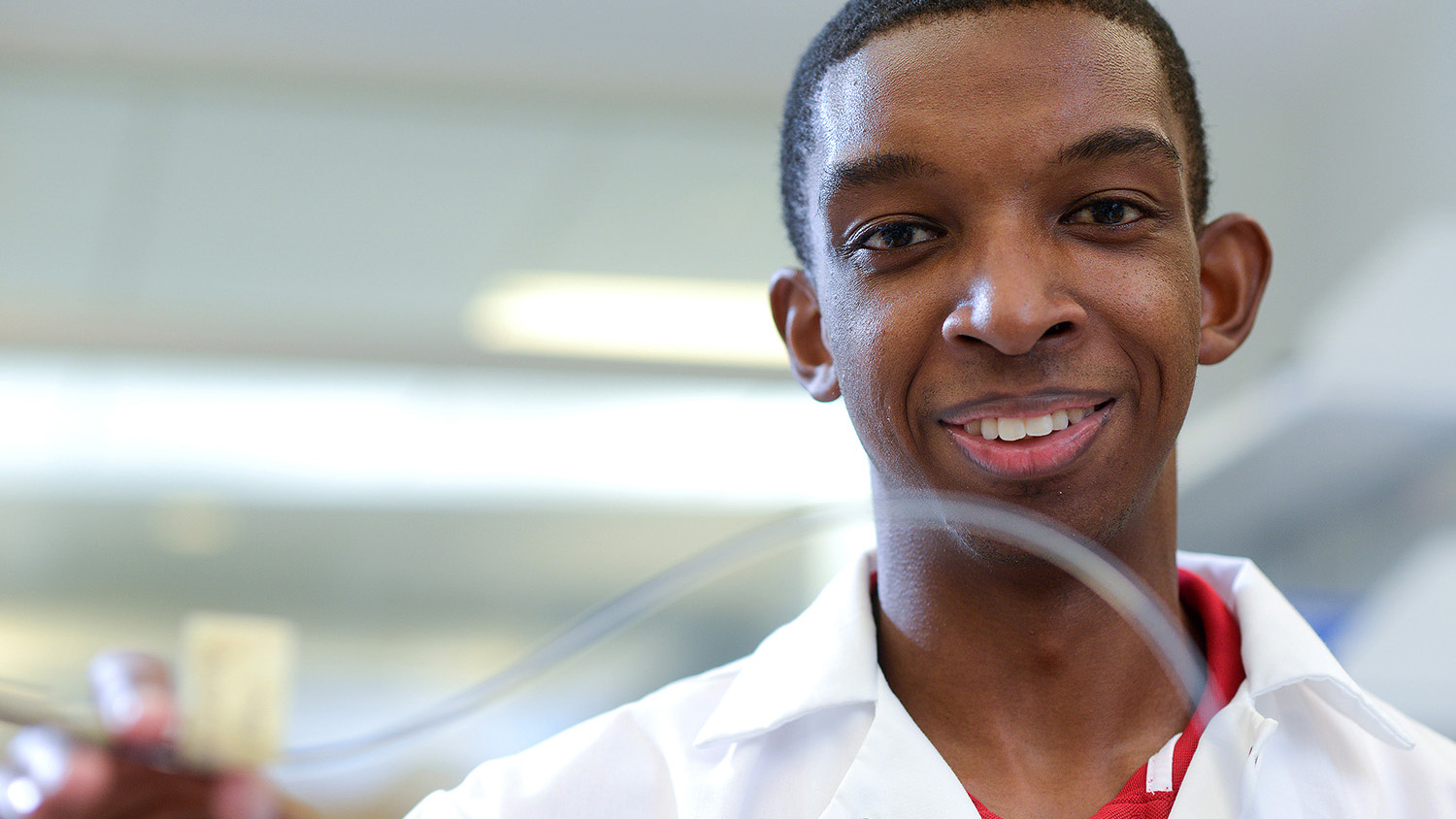
World-Class Scholar
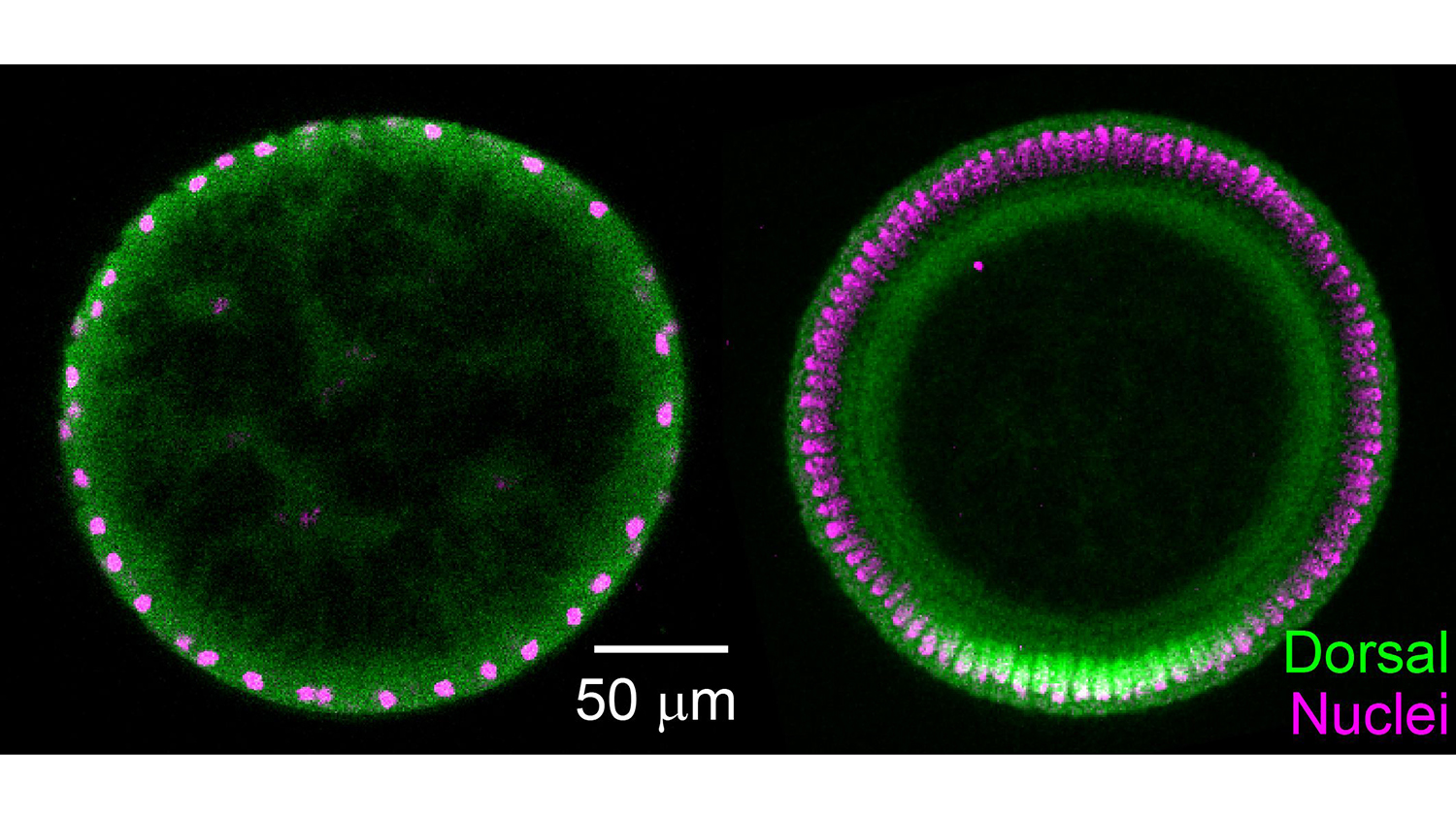
Researchers Find Diffusion Plays Unusual Signaling Role in Drosophila Embryos
